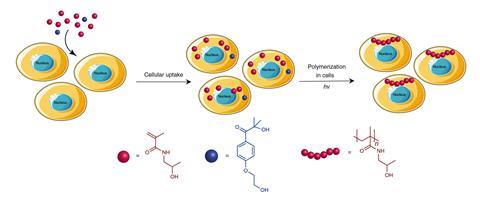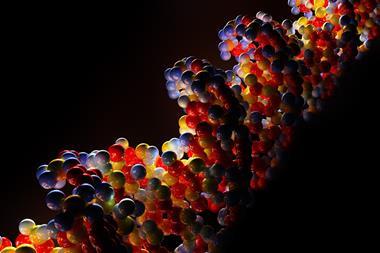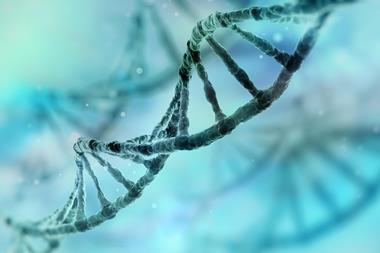Strategy could enable scientists to manipulate, track and control cellular behaviour by generating macromolecules within cells

UK researchers have made non-natural polymers inside living cells for the first time using free radical chemistry. The technique offers a unique way to merge synthetic materials with biology to control cell behaviour, which could lead to widespread applications including new therapies for cancer and other diseases.
Free radicals are usually associated with disease and aging due to their role in oxidative stress on cells, proteins and DNA. To limit this damage, cells produce specific molecules including antioxidants that round up free radicals. It would be expected, then, that generating radicals in cells to make new polymers simply wouldn’t work.
‘No one has ever shown that free radical chemistry can take place inside cells – indeed dogma has been that the cellular defences would prevent this,’ says Mark Bradley whose lab conducted the work at the University of Edinburgh, UK. ‘We show that this is not the case and we can make a variety of polymers via free radical polymerisation methods.’
Bradley and his colleagues attempted the seemingly impossible because of their understanding of radical scavenging mechanisms inside cells. This suggested to them that free radical scavengers such as glutathione – a potent antioxidant in living cells – would not react fast enough to quench the necessary radicals required for polymerisation and offer a unique way to alter and control cells.
Convinced it was possible, the researchers developed their polymerisation technique by first finding a way to generate free radicals inside cells. They did this by introducing a cell-friendly photoinitiator molecule into human cell cultures, which produces free radicals when illuminated by UV light. Next, the team introduced various biocompatible monomers to the human cell cultures too.
With the cells taking up both the photoinitiator and monomers, the researchers could then use UV light to trigger the production of free radicals inside cells. These subsequently reacted with the double-bonded monomer building blocks in a chain reaction that produced different polymers inside cells depending on the monomers used. Some polymers became fluorescent once made, while others became nanoparticles or altered the way cells moved and behaved.
‘The work represents a significant step forward in our ability to merge abiotic materials with the biotic world inside of cells,’ comments Frankie Rawson who investigates bioelectronics to control cells at the University of Nottingham, UK. ‘What really excites me is the plethora of applications this approach could have based on the assembly of active materials inside cells, from treating disease to bioelectronic systems comprising conductive polymers.’
Bradley now wants to find out if polymers inside cells alter their longevity and whether tumour cells could be killed by generating certain polymers inside cells. ‘The possibilities are now enormous,’ Bradley says. ‘It opens up the scope of carrying out new chemistries inside cells – opening perhaps a whole new area of chemical biology.’
References
J Geng, et al, Nat. Chem., 2019, DOI: 10.1038/s41557-019-0240-y












No comments yet